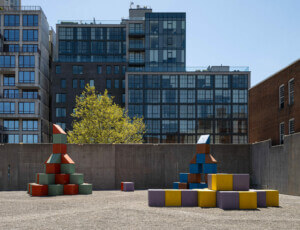“If time had allowed his genius to spread its wings in full, this poet-philosopher of form would have influenced the whole course of architecture as profoundly as he inspired his friends.”
This is how Eero Saarinen described Maciej Nowicki after the Polish architect’s tragic death in 1950, age 40—Maciej was on a flight from Chandigarh, India, to the U.S. when his plane crashed over the Libyan Desert. Prior, Maciej had been commissioned to design a master plan for Chandigarh before Le Corbusier was hired for the job after his passing, a little known fact. Indeed, before the catastrophic plane crash, Maciej and Stanisława Sandecka-Nowicki, the first female professor of architecture in U.S. history, participated in some of the 20th century’s most iconic projects. But their story is one that’s been overlooked in part due to Maciej’s premature death.
In January, a new traveling exhibition debuted in New York titled Humanist Modernity which tells the Nowickis’ long-overdue story, curated by Bolesław Stelmach and Kacper Kępiński. Poetically, the exhibition was first on view between January 15-26 in the Delegates’ Entrance of the United Nations Headquarters in New York, which Matiej Nowicki helped design alongside Wallace Harrison, Le Corbusier, and Oscar Neimeyer. The temporary installation was designed by Only-If, a New York office founded by Karolina Czeczek and Adam Frampton.
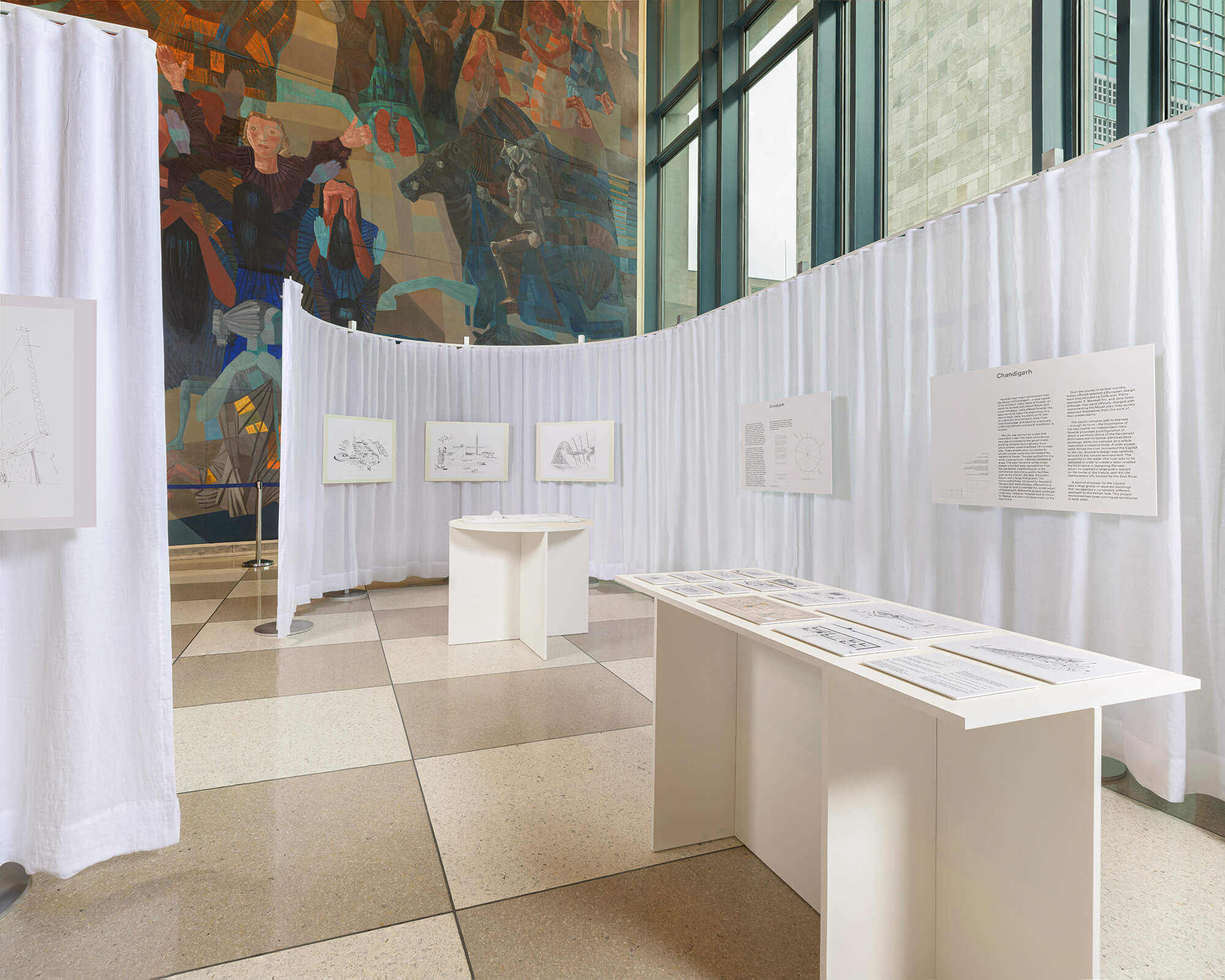
There, Only-If specified a white textile which undulates throughout the space for text and images to be displayed, telling the story of Stanisława Sandecka- and Maciej Nowicki. “The space we were assigned to work with was beautiful, but also a bit overwhelming,” said Karolina Czeczek, a Polish-American architect. Czeczek told AN the exhibition design takes cues from the UN itself, namely its curtains, and pays homage to past greats like Lilly Reich by leveraging textiles to create flexible, temporary spaces.
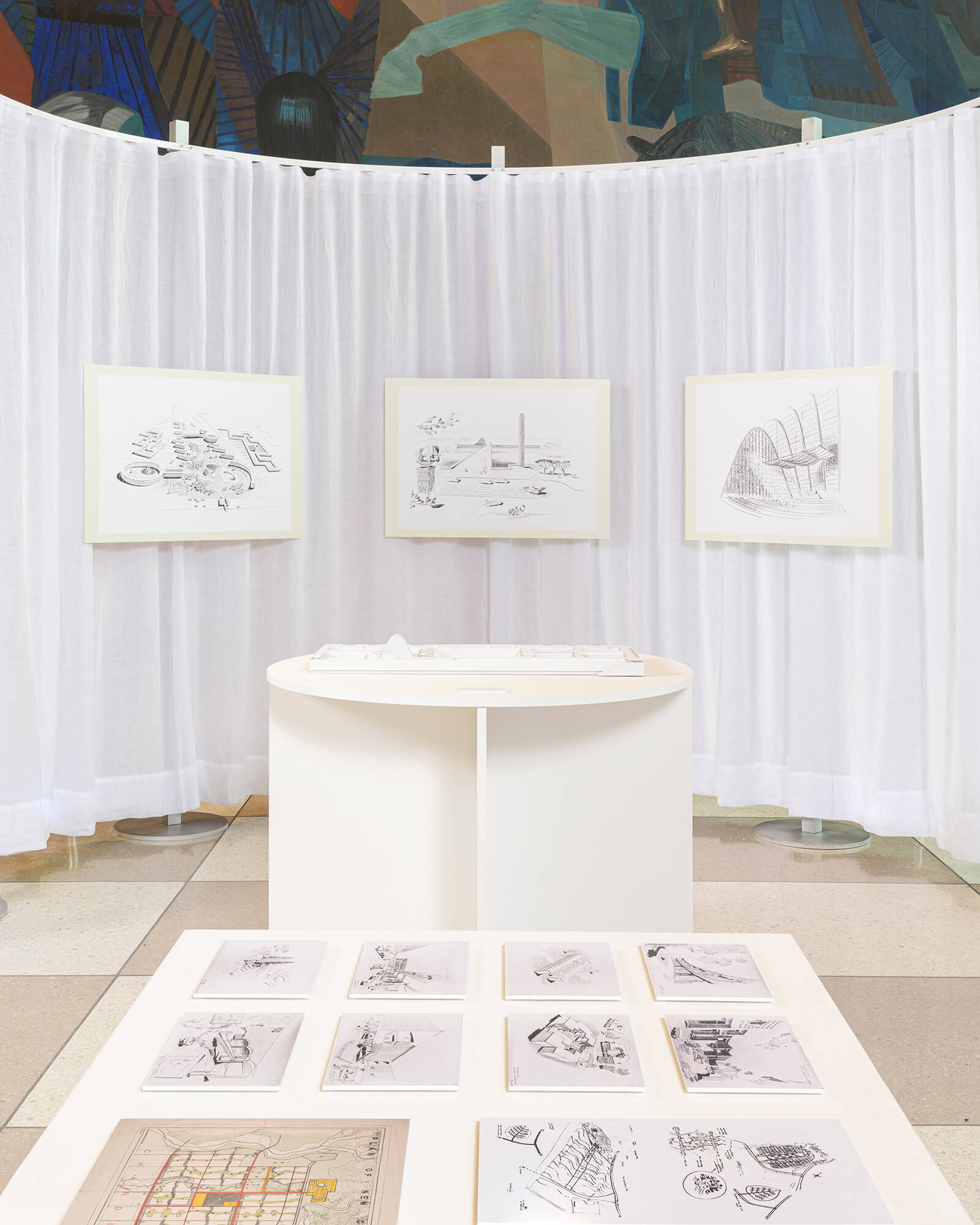
The curatorial narrative for Humanist Modernity guides visitors through the Nowicki’s story. Wall text explains how Stanisława Sandecka and Maciej Nowicki met after World War I while studying architecture at the Warsaw Polytechnic. They married shortly after graduating and formed an architectural practice in 1931. In the early years, their studio sustained itself by designing posters, about 20 in total, for which they received multiple awards. They also submitted to design competitions: Maciej and Stanisława placed third in a competition to design an unbuilt Warsaw mosque (1936) and first place for a spa house in Druskienniki, Lithuania (1938). They also collaborated on the interiors of a resort hotel in Augustów, Poland and the interiors of the Carolina Country Club in Raleigh, North Carolina with William Henley Deitrick. Maciej and Stanisława were known for signing their drawings with a joint signature.
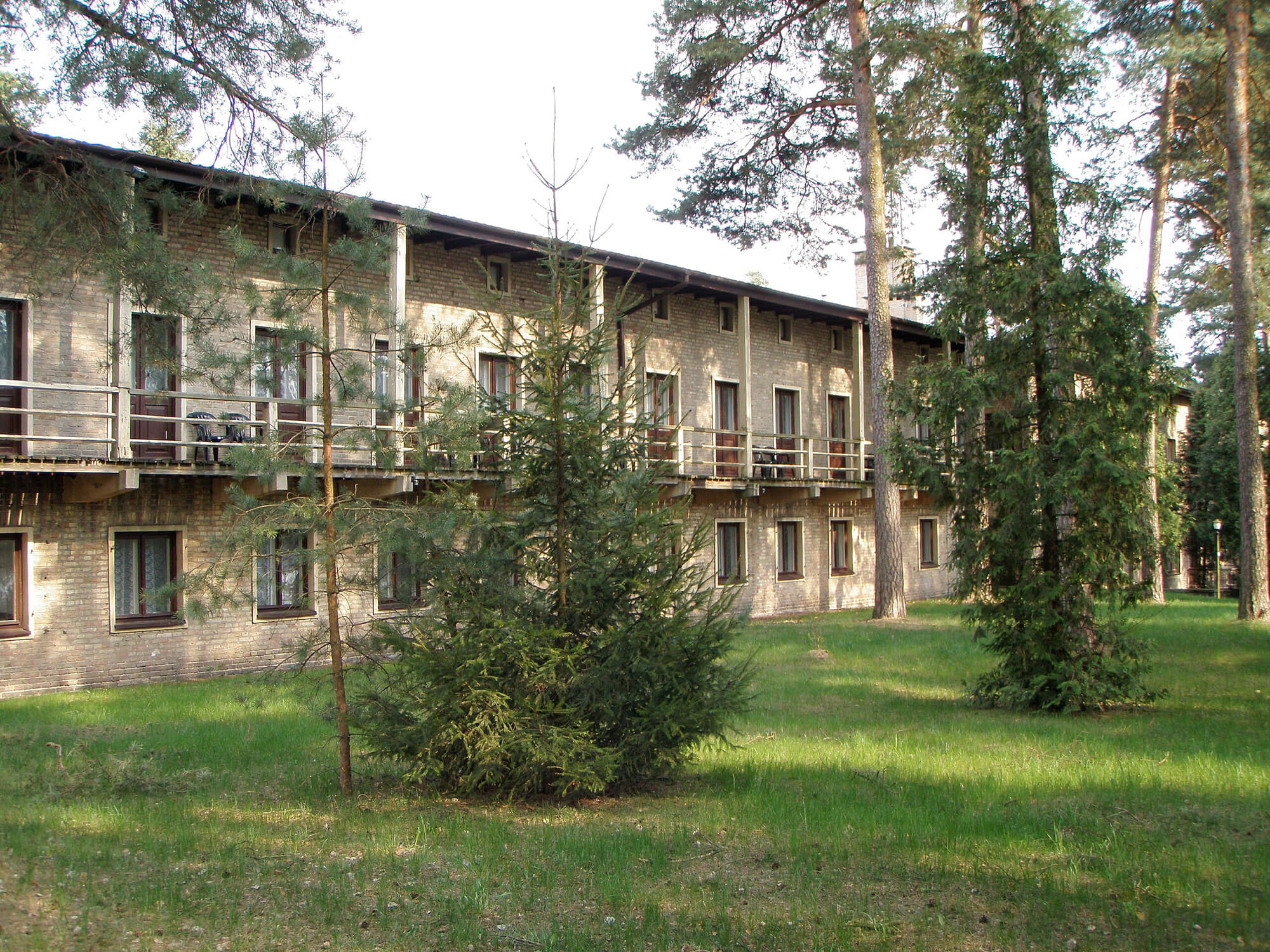
During this pre-war period, Stanisława was working under Le Corbusier on a scholarship from the French government when she and Maciej received their most important commission: designing the Polish Pavilion with Jan Bogusławski for the 1938 World’s Fair in New York. But after the onset of World War II, they were forced underground until 1945. After, they went to the U.S. as cultural attachés for the Polish government. It was there where the Nowickis met Wallace Harrison, Le Corbusier, Oscar Niemeyer, Lewis Mumford, and Clarence Stein. Maciej was later appointed the first director of the School of Architecture at North Carolina State College, a stint that was cut short by his sudden death in 1950. “Under Maciej’s leadership, students were expected to learn the history of landscape architecture before learning the history of architecture,” said Kacper Kępiński, a co-curator. “His thesis was that instead of designing cities from scratch, we need to work within the limitations of the existing environment. This stance made him way ahead of his time.”
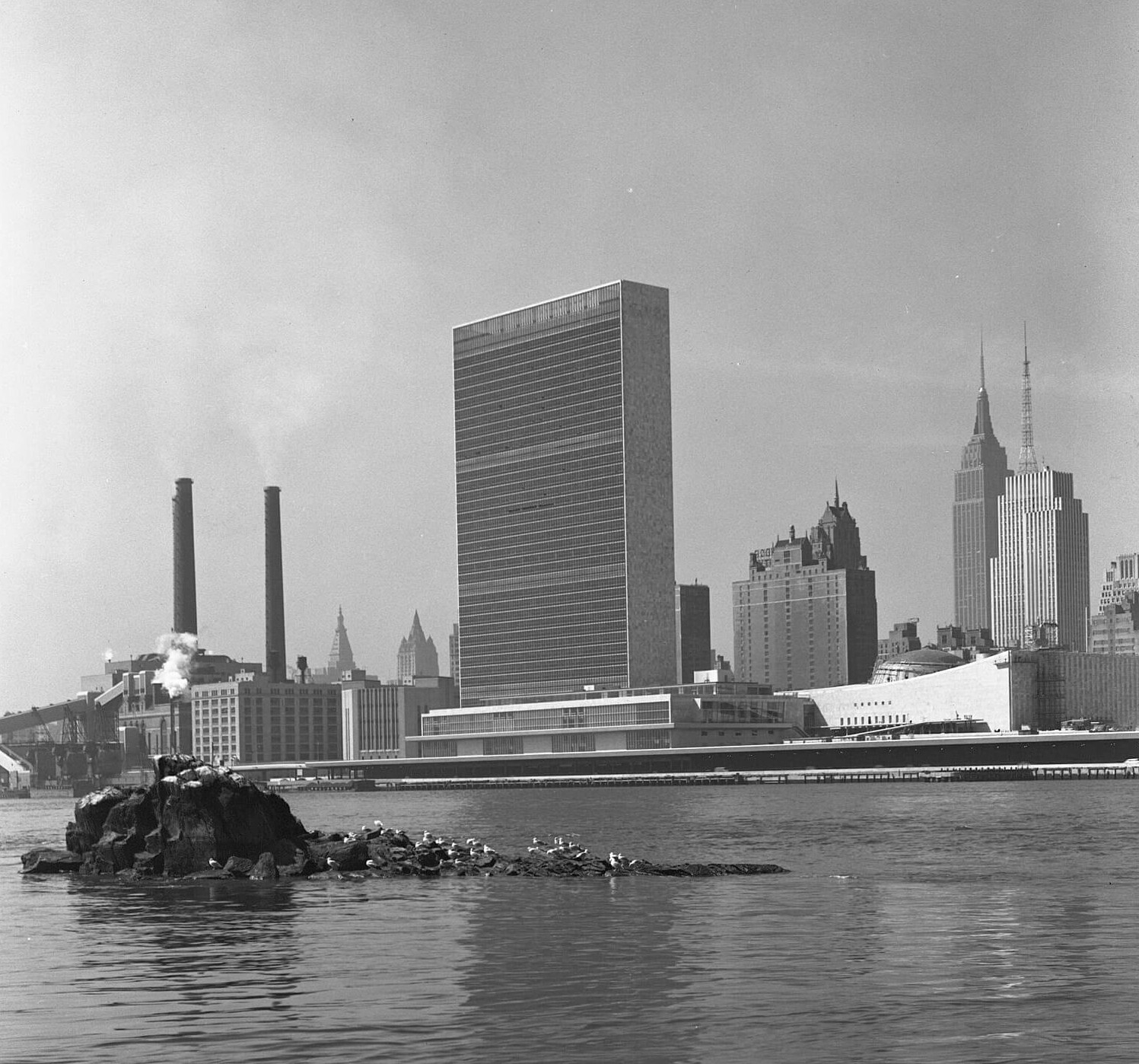
After Maciej’s passing, Stanisława taught at the University of Pennsylvania. She received the title of professor in 1963, marking the first instance in U.S. history where a woman held the moniker of architecture professor. She taught there until 1977. Perusing Humanist Modernity, and reading the praise that luminaries like Saarinen, Mies van der Rohe, and other design demigods delivered for the Nowickis, one can’t help but scratch their head and ask why they aren’t featured more prominently in the annals of modernist history.
Looking back on the Nowickis’ remarkable lives, Lewis Mumford said: “When his future wife met him at school she had no doubt of his architectural genius; but, as so often happens in academic life, it was she who often carried off the prizes, and it was to her, rather than to her future partner, that her professors looked as to a future architect of distinction. And perhaps her teachers were not altogether mistaken, for from the beginning to the end of his professional career theirs was the closest of partnerships; so close that they had a common signature for the work they did together in illustrating books and designing fabrics. As sympathetic critic and catalyst, if not always reagent, the wife played a productive part in the husband’s work.”
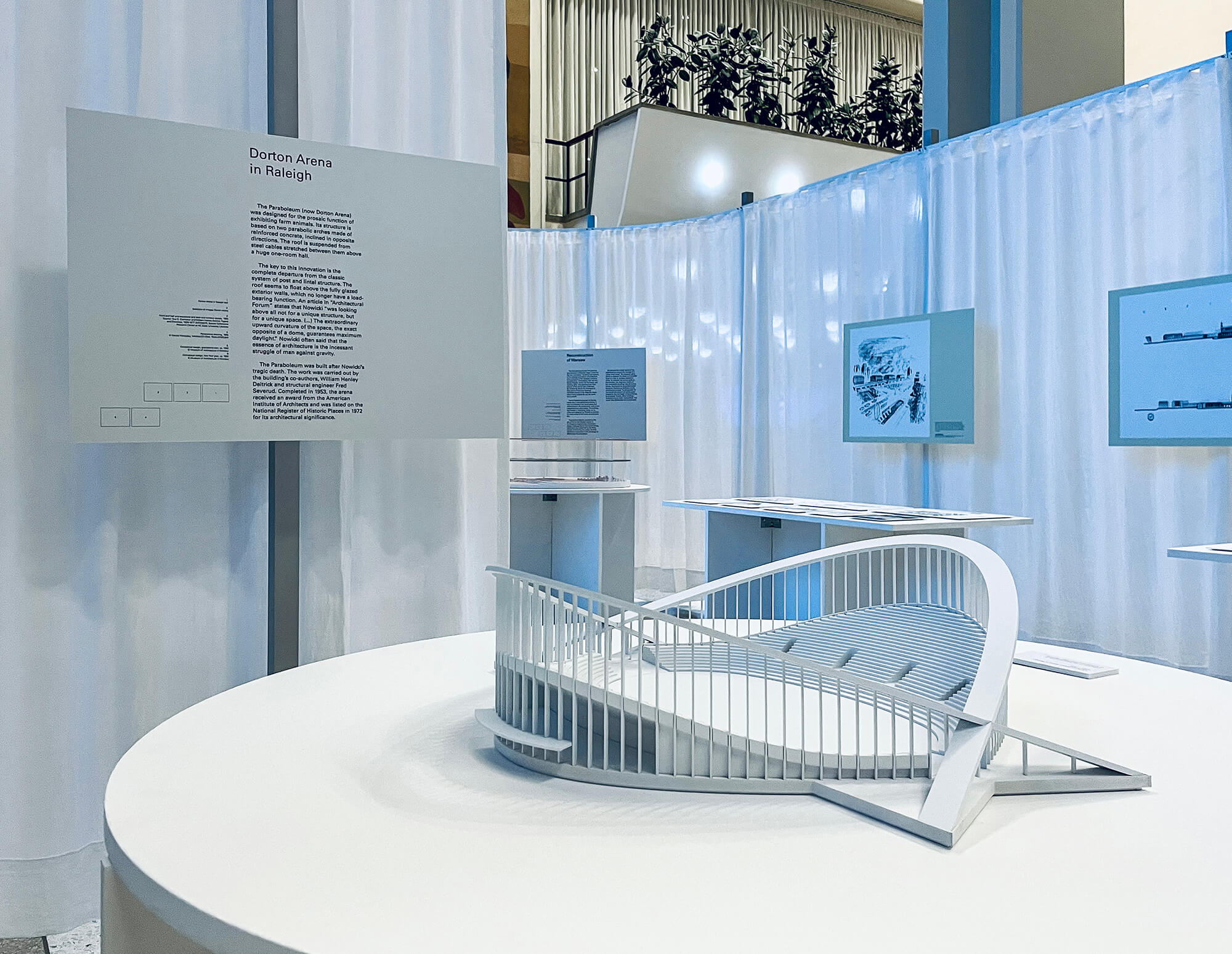
Out of the Nowicki’s total output, which includes poster designs, interiors, and buildings, only a fraction of their archives were on display at the UN due to spatial limitations. But a future exhibition at the North Carolina State University School of Architecture will showcase even more ephemera from the Nowicki’s robust collection, the curators said.
Humanist Modernity is co-organized by the Republic of Poland’s Ministry of Culture and National Heritage; the National Institute of Architecture and Urban Planning; the Permanent Mission of the Republic of Polance to the UN; The Polish Cultural Institute of New York is a programming partner.








